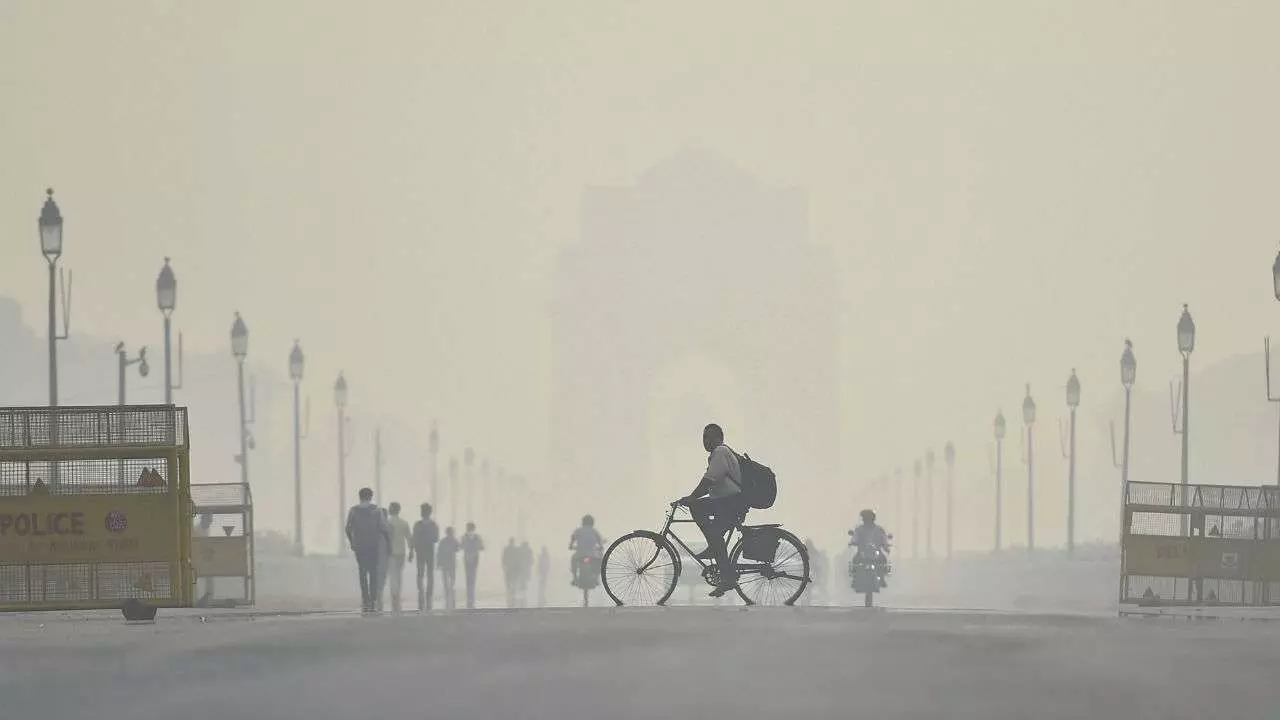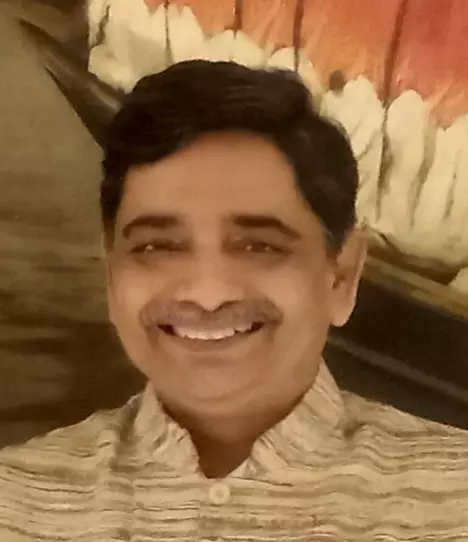Choked horizons
State pollution control boards, perennially grappling with staffing shortages, inadequate funding, and a lack of autonomy, have fallen far short of effectively combating air pollution

Recently, Mumbai, Pune, Chennai and Ahmedabad reported air quality worse than Delhi, as a thick blanket of filthy smog engulfed the majority of Indian cities beyond the Indian capital, nine of which fell on the 'list of the world's top 15 most polluted cities'. Agra, Lucknow, Varanasi, Patna, Jaipur, Jodhpur, Srinagar, Faridabad and, of course, Kanpur which topped the list. Even Tier-2 cities like Karnataka’s Davangere, Kalaburagi, and Hubbali-Dharwad are staring at a nearly 40 per cent increase in air pollution by 2030, according to a study by the Centre for Study of Science, Technology and Policy (CSTEP).
Nowhere is safe. According to the World Health Organisation, more than 90 per cent of the global population is breathing in high levels of pollutants. It is estimated that 4.5 million people died prematurely as a result of outdoor air pollution in 2019, 300,000 more than in 2015, and 1.6 million more than in 2000. One recent study published by the Energy Policy Institute at the University of Chicago warned that the lives of residents in India's capital are being cut short by up to 11.9 years compared to if air pollution were reduced to levels recommended by the WHO. The ridiculous smog tower at Connaught Place, New Delhi, has finally been dumped. Built at the cost of Rs 22.9 crore, the 24-meter-tall structure was supposed to purify 1,000 cubic meters of air per second within a radius of around one kilometre. It did nothing of that kind; the smog tower was a giant exhaust fan that dispersed air in a 50-meter radius — a colossal waste of public funds and an insult to one’s common sense.
Let’s look at why cities in most high-income countries have relatively low levels of local air pollution. This, we know, hasn’t always been the case. London, for instance, was notorious for its pollution during much of the 19th and early 20th centuries. In 1952, the infamous Great Smog covered London with a thick toxic layer of pollution, killing nearly 12,000 people, and bringing the city almost to a standstill for days.
Delhi’s air pollution levels have followed, and continue a similar pathway to that of London in the 19th century. However, recently, London’s air quality was almost 10 times better than Delhi’s, thanks to almost two decades of ambitious policies, from taxing emissions to innovative approaches like the Ultra Low Emissions Zone(ULEZ), and most importantly, effective and strict implementation of the policies overseen by successive city councils. Effective and strict implementation is the Achilles heel in India’s battle against air pollution, and the pollution control boards are its weakest link. India’s perennially short-staffed, underfunded, and toothless state pollution control boards (SPCBs) and their counterparts in union territories, the pollution control committees (PCCs) have failed miserably to effectively deliver on their mandate of curbing air pollution. Things are so bad that despite declining air quality and rising health concerns in the national capital, air pollution was not even on the agenda of the Delhi Pollution Control Committee(DPCC)board meeting.
The PCBs across India are in a state of a shambles. Originally set up under the Water (Prevention and Control of Pollution) Act 1974 (the water Act), over time their mandate has expanded significantly beyond water-related issues. They are responsible for regulating air and noise pollution, waste management, and regulating the use of plastic, among other tasks.
A working paper from the Centre for Policy Research, a Delhi-based think-tank, has revealed that the SPCB's do not have the resources and capacity to perform the functions assigned to them under various laws due to inadequate sanctioned strength of personnel, high numbers of vacancies, especially in technical positions, absence of proper training, lack of pollution monitoring and abatement equipment, absence of technically competent leadership, protracted enforcement mechanisms, insufficient funds, and ineffectual spending. Strong and effective pollution control boards and committees are central to India’s battle against air pollution.
India has set ambitious targets for improvement in air quality through the National Clean Air Programme (NCAP) but without competent regulators with sufficient capacity and financial autonomy, they may well just remain on paper. These problems have persisted for many years, yet they remain unresolved.
Views expressed are personal




